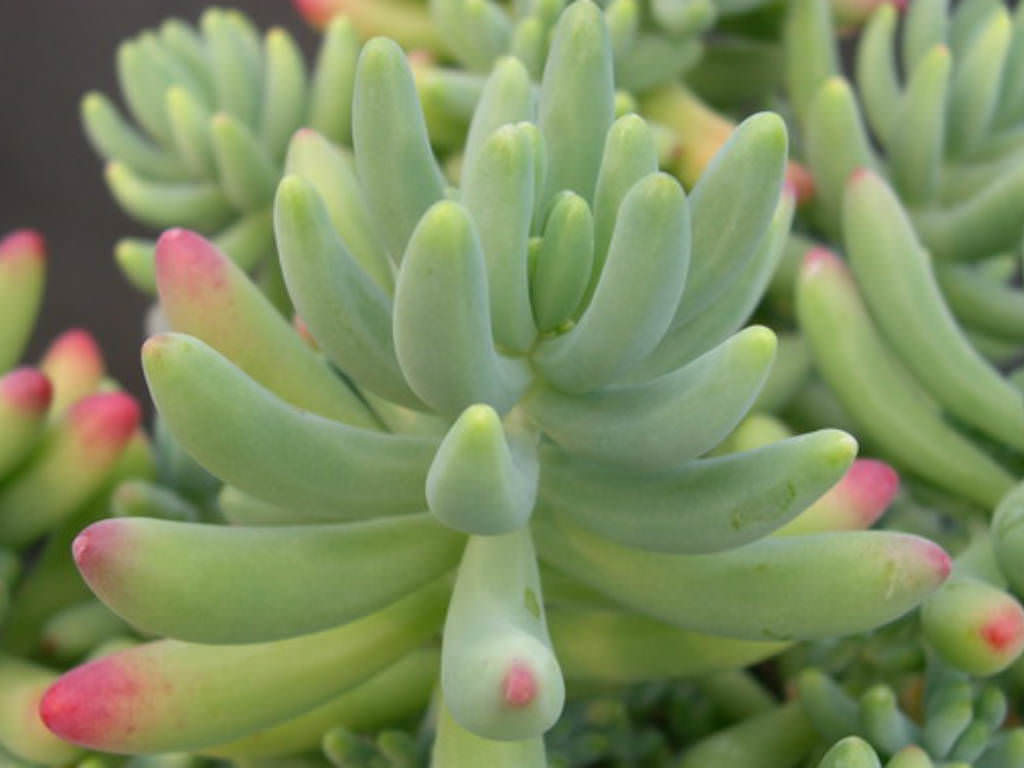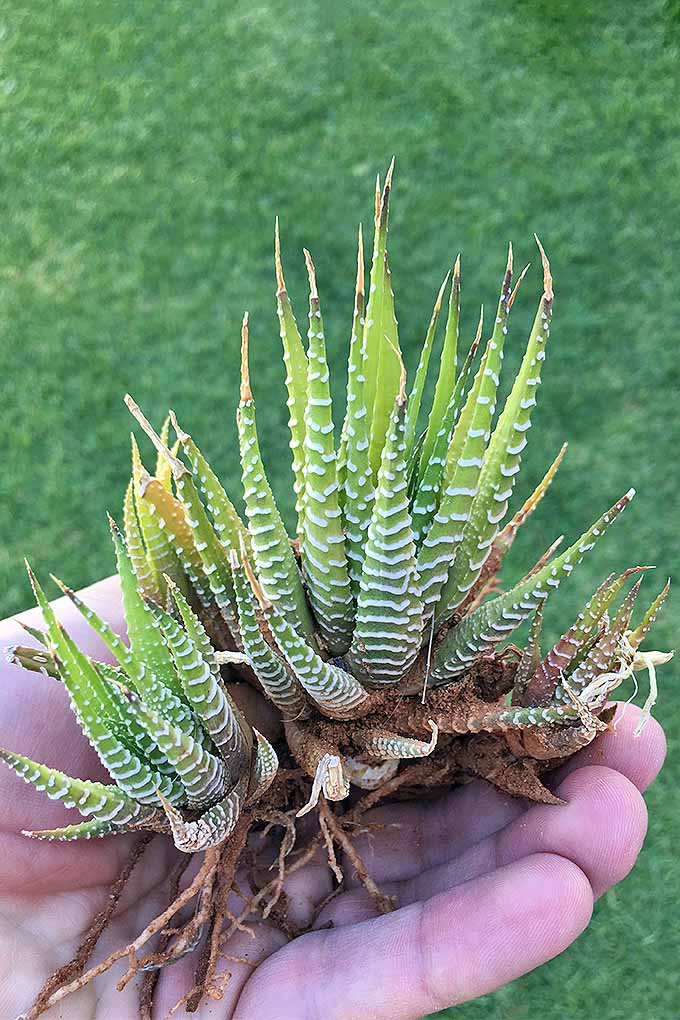Overwatered Jelly Bean Succulent
Are you struggling to keep your jelly bean succulent alive? If you've noticed that the leaves are yellowing or falling off, it could be a sign of overwatering. In this post, we'll explore the common mistakes people make when caring for their jelly bean succulents and provide tips for how to rescue an overwatered plant.
Common Mistakes When Caring for Jelly Bean Succulents
When it comes to succulent care, one of the most common mistakes people make is overwatering. While succulents are known for their ability to store water in their leaves and stems, they still require proper drainage and can suffer from root rot if they're sitting in water for too long.
Overwatering can cause a variety of issues for your jelly bean succulent, including yellowing leaves, stem rot, and a weak root system. Additionally, overwatering can lead to pests like fungus gnats and spider mites, which can further damage your plant.
How to Rescue an Overwatered Jelly Bean Succulent
If you've already noticed signs of overwatering, the first step is to stop watering your plant immediately. Allow the soil to dry out completely before watering again, and be sure to provide proper drainage to prevent future issues.
You may also want to consider repotting your jelly bean succulent into a well-draining soil mix and removing any rotted or mushy roots. This will allow your plant to recover and grow new healthy roots.
Summary of Tips for Overwatered Jelly Bean Succulents
In summary, overwatering is a common cause of issues for jelly bean succulents. To prevent and rescue overwatered plants, it's important to provide proper drainage, allow the soil to dry out completely before watering, and consider repotting in a well-draining soil mix. Additionally, be sure to monitor your plant regularly for any signs of issues and address them promptly.
How Overwatering Can Affect Your Jelly Bean Succulent
If you're still not convinced that overwatering is a serious issue for your jelly bean succulent, consider my personal experience. I once had a beautiful jelly bean succulent that started to yellow and drop leaves. I didn't realize that I was overwatering and continued to water the plant regularly.
Unfortunately, that plant eventually died from root rot, and I learned my lesson about proper succulent care. By understanding the importance of drainage and allowing the soil to dry out between waterings, you can prevent similar issues for your own jelly bean succulent.
Preventing Overwatering in Your Jelly Bean Succulent
One way to prevent overwatering is to water your jelly bean succulent according to its needs rather than on a fixed schedule. Use a moisture meter or stick your finger into the soil to determine if your plant needs water.
Alternatively, you can also use the "soak and dry" method, which involves fully saturating the soil and allowing it to dry out completely before watering again. This method ensures that your jelly bean succulent has sufficient water without risking overwatering.
Checking for Signs of Overwatering
In addition to proper watering techniques, it's also important to regularly check your jelly bean succulent for signs of overwatering. These can include yellowing leaves, soft or mushy stems, and a weak or unstable root system.
If you notice any of these issues, take action immediately to prevent further damage. Stop watering your plant and consider repotting if necessary.
Conclusion
In conclusion, overwatering is a serious issue for jelly bean succulents that can lead to a variety of problems. By understanding how to properly care for and monitor your plant, you can prevent and rescue overwatered jelly bean succulents for a beautiful and healthy plant.
Question and Answer
Q: How often should I water my jelly bean succulent?
A: It's important to water your jelly bean succulent based on its individual needs rather than a fixed schedule. Use a moisture meter or check the soil with your finger to determine if your plant needs water.
Q: Can I save an overwatered jelly bean succulent?
A: Yes, with prompt action and proper care, you can rescue an overwatered jelly bean succulent. Stop watering immediately and allow the soil to dry out completely. Consider repotting if necessary.
Q: How do I know if my jelly bean succulent is overwatered?
A: Signs of overwatering in jelly bean succulents can include yellowing leaves, soft or mushy stems, and a weak or unstable root system.
Q: What should I do if my jelly bean succulent is suffering from root rot?
A: If your jelly bean succulent is suffering from root rot, consider repotting in a well-draining soil mix and removing any affected roots. Allow the plant to recover and grow new healthy roots.
Gallery
Jelly Bean Succulent - Secrets To Growing This Alluring Plant - House

Photo Credit by: bing.com / alluring
Under Watered Succulent Leaves - Best Succulent Ideas

Photo Credit by: bing.com / watered watering haven
Jelly Beans 🍬 . . . . Succulent Succulentsofinstagram Succulents

Photo Credit by: bing.com / grow cacti succulentsofinstagram succulove
Yeşil Pachyphyllum (Jelly Bean) Sukulent - Türkiye Nin Sukulent Ve

Photo Credit by: bing.com /
Propagating Succulents In 5 Easy Steps | Gardener's Path

Photo Credit by: bing.com / succulents propagating roots plants steps succulent easy gardenerspath cactus propagation zebra dividing shallow plant haworthia types exposed cacti depression soil